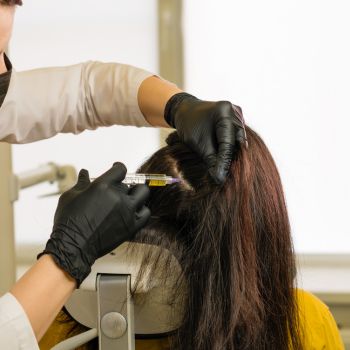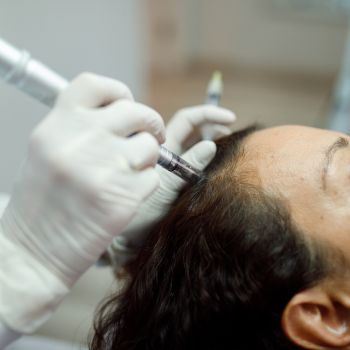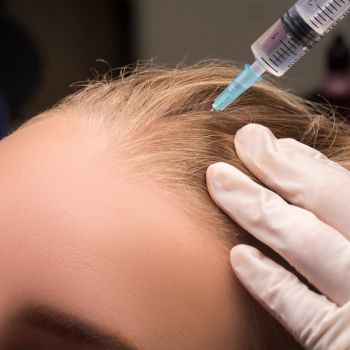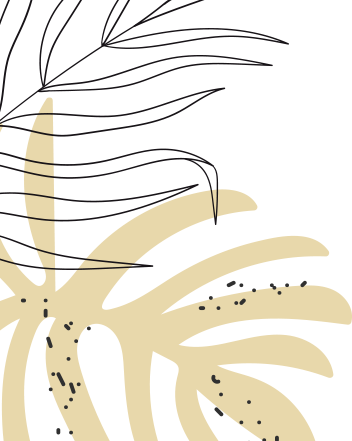
Receding Hairline

Receding Hairline
A receding hairline, also known as male-pattern baldness or frontal fibrosing alopecia in some cases, is a common condition where the hairline gradually moves backward, often resulting in the exposure of the forehead. It is more prevalent in men, but women can also experience a receding hairline. Here are key points about a receding hairline:
What are the causes of Receding Hairline?
- Genetics (Hereditary Factors)
The most common cause of a receding hairline is genetic predisposition. If your parents or close relatives experienced hair loss, you may be more likely to develop a receding hairline. - Hormones
Hormonal changes, especially the influence of dihydrotestosterone (DHT), contribute to the shrinking of hair follicles in genetically susceptible individuals. This hormonal activity can lead to hair thinning and recession. - Ageing
As individuals age, hair follicles may become more sensitive to hormonal changes, leading to the gradual recession of the hairline. - Other Medical Conditions
Certain medical conditions, such as autoimmune disorders, thyroid problems, and certain scalp diseases, can contribute to hair loss and a receding hairline. - Lifestyle Factors
Poor nutrition, high-stress levels, and certain lifestyle choices can also play a role in hair health and may contribute to a receding hairline.




.jpg)

